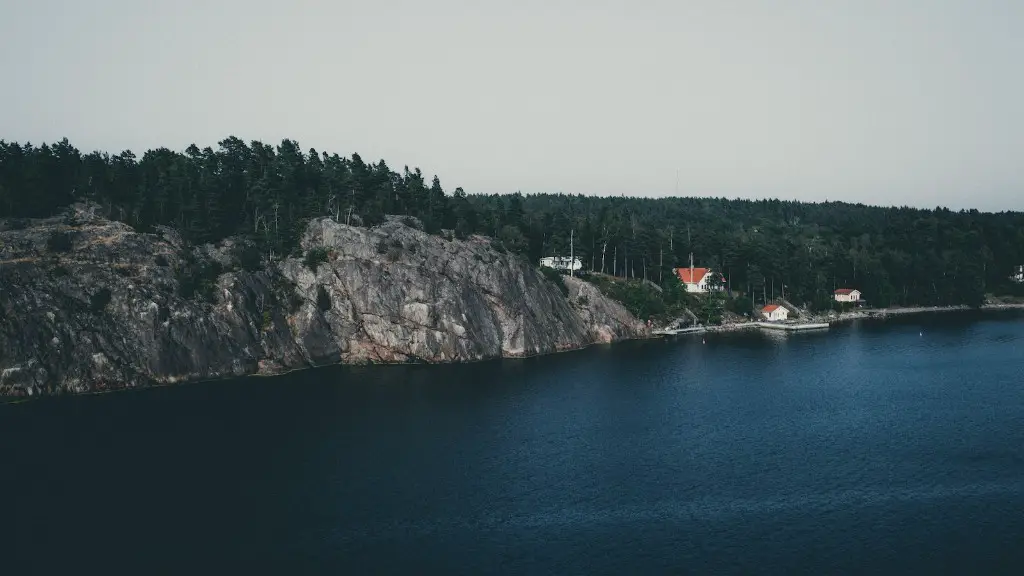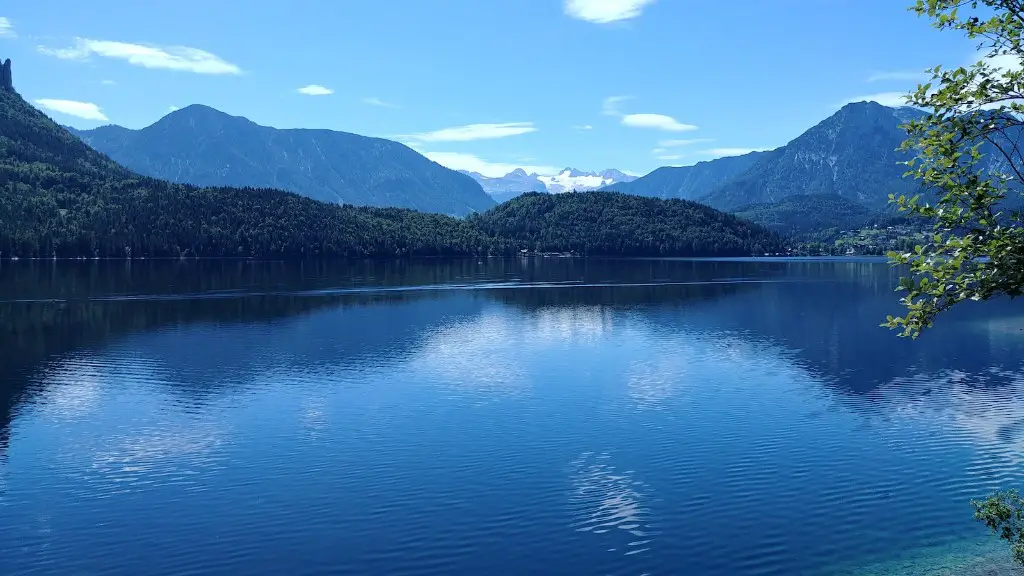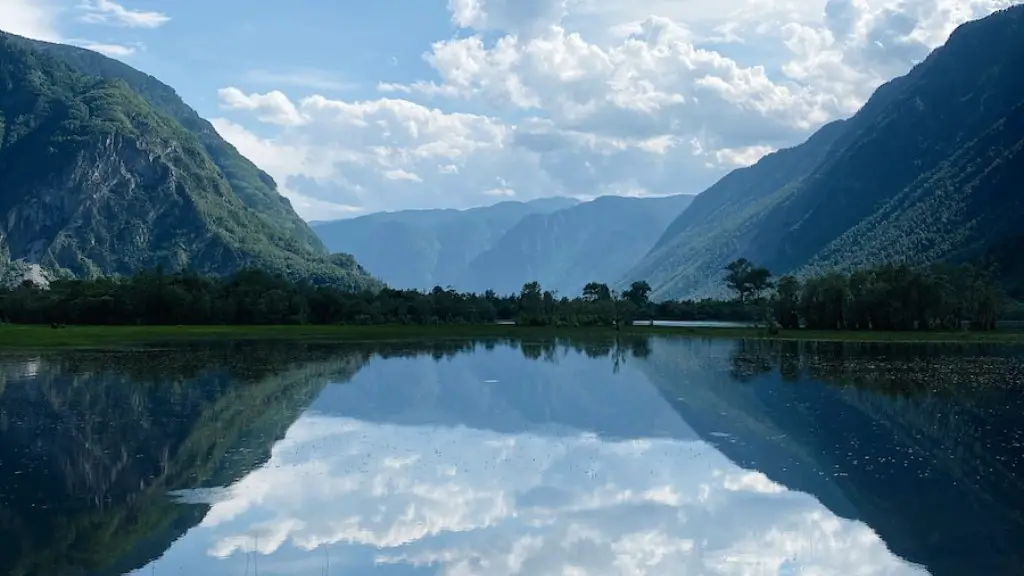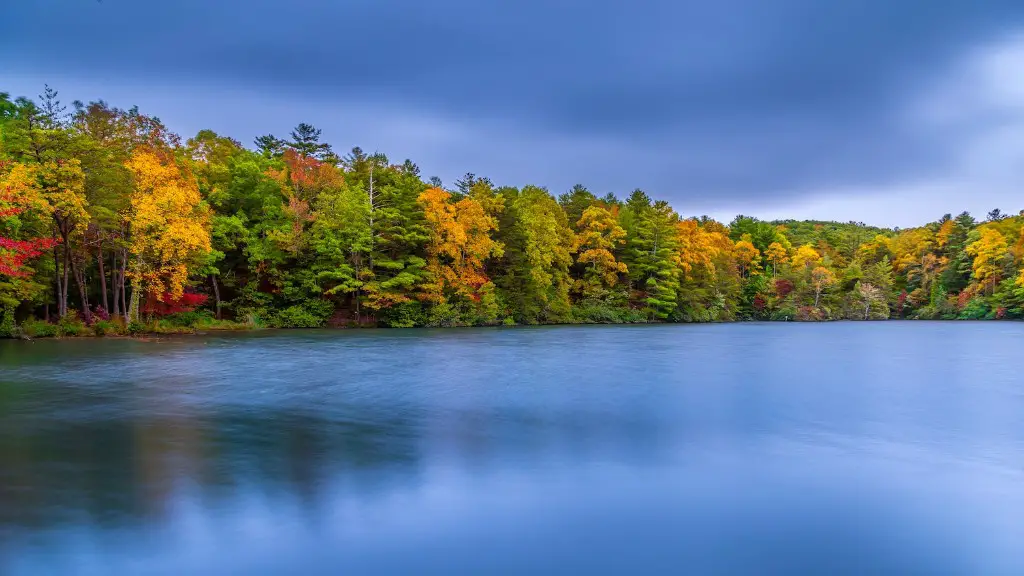Nestled high in the Andes on the border of Peru and Bolivia is Lake Titicaca – the highest navigable body of water in the world. From its dramatic shorelines and sparkling mirror-like waters to the abundant wildlife and soaring mountains, there is no doubt why the lake has been one of the top tourist attractions in South America for many years. With thousands of visitors trekking to the area each year, it’s only natural that a variety of accommodation options have cropped up – from rustic hotels to luxury lodges. However, deciding where to stay at Lake Titicaca can be a daunting task for the uninitiated, so here are some of the best places to stay should you decide to make a trip.
For those traveling to Lake Titicaca on a budget, one of the best-value options is to stay at one of the many hostels in the area. These hostels are often enjoyed by backpackers and offer basic yet comfortable accommodation at minimal expense. If you’re looking for a cheap place to crash and a friendly atmosphere to exchange stories, these much-loved backpacker haven should not be missed. Furthermore, many hostels offer multiple services and amenities such as laundry facilities, shared kitchens and Wi-Fi – all at incredibly affordable prices.
For those with slightly deeper pockets and a need for more luxurious accommodation, there are a plethora of grand hotels and resorts located near Lake Titicaca. Many of these places offer stunning views of the lake as well as easy access to beautiful beaches and a host of nearby attractions. Furthermore, these lodges provide multiple amenities, like gyms, pools, saunas and spas, meaning you won’t have to venture far to find some much needed rest and recuperation. As with most high-end hotels, you should expect to pay a high price for the privilege, but for those that can afford it, staying at one of these resorts is definitely worth it.
The traditional route to lodgings round the lake, however, is to stay with the locals and opt for homestays. These charming abodes usually offer minimal yet comfortable beds, a basic breakfast and excellent interaction with the local families. homestays are a great way to immerse yourself in the culture and get a feel of the genuine Titicaca experience. On top of that, staying with a local family is definitely one of the best ways to learn genuine local expressions, customs, and traditions.
The final option when deciding where to stay in Titicaca is to camp. For more adventurous travellers, this is a great choice. Not only does camping cost next to nothing, it also allows for a more intimate exploration of the area. Heading out into the wild and pitching a tent under the stars can be an incredibly liberating and fantastic experience – as long as you’re prepared for all types of weather conditions and you plan your trip with the utmost caution.
Transport links
For those planning to stay at Lake Titicaca and wishing to explore the nearby areas, transport links are essential. The most popular form of transport for the areas around the lake is the bus – this means of transport is readily available throughout the day and links the different cities with ease. In addition, the train is there but without a fixed schedule. The ferry service is also a great way to explore the area and get a first-hand experience of the lake. The price of all transport services is incredibly reasonable and a great way to see the local sights at a cheap rate.
Places To Visit
Although a stay at Lake Titicaca can be all about rest and relaxation, it’s worth taking some time out of your schedule to explore some of the nearby attractions. The famous Uros Floating Islands are a fantastic sight that are definitely worth checking out. Here, you can learn about the local culture as well as take typical pictures of the area. Other noteworthy attractions include Taquile Island, the Sillustani Chullpas, Raquia Island and Copacabana – each location offering unique perspectives of the area.
Things To Do
The lake offers some great activities, from trekking and hiking to sailing and kayaking. Exploring the lake by boat is definitely a pleasure as it offers a chance to encounter some of the fantastic local wildlife, including majestic Andean condors, pink flamingos and countless other birds. Of course, one can also join one of the organized tours around the lake, which usually include a visit to some of the amazing archaeological sites in the area.
Safety considerations
While most parts of Lake Titicaca are incredibly safe and friendly to visitors, travelers should be wary at all times particularly when exploring rural areas. Petty crime and pick pocketing can be a problem in some areas, so it’s always prudent to take the necessary precautions. Moreover, it’s always best to keep your luggage and other girds close to you at all times, and never to leave valuables in the car or anywhere else accessible to the public.
Food and Drink
For those celebrating a trip round Lake Titicaca a memorable event, the region has no shortage of eateries. From traditional local cuisine to international dishes, the food options around the lake are plenty. One of the local specialties you should try is trout alpaca – a delicious dish which consists of a baked trout and the traditional alpaca meat skewered on the same plate. In terms of drinks, the best choice is undoubtedly cup of the traditional local beverage known Chicha. This pleasant refreshment is made from maize and is a popular thirst-quencher for travelers in the area.
Altitude Sickness
When visiting the area around Lake Titicaca, its important to take into consideration the high altitude of the region. At 3810m high, the area can be hostile to those not accustomed to the altitude. Common symptoms of altitude sickness include dizziness, headache, nausea, insomnia and swelling. Make sure to take the necessary precautions if you’re prone to altitude sickness and make sure to ascend slowly instead of rushing up in one go.
Tips For Tourists
Ensure that you have everything you need before heading out on any journey round the lake, such as proper clothing and sun protection. Dress according to the weather, as it can change rapidly as you gain altitude. Additionally, it’s advisable to keep bottled water with you at all times, as the area is known to be very dry with low humidity. Be sure to keep an eye on your belongings and never leave anything of value in sight or in an unguarded place.



